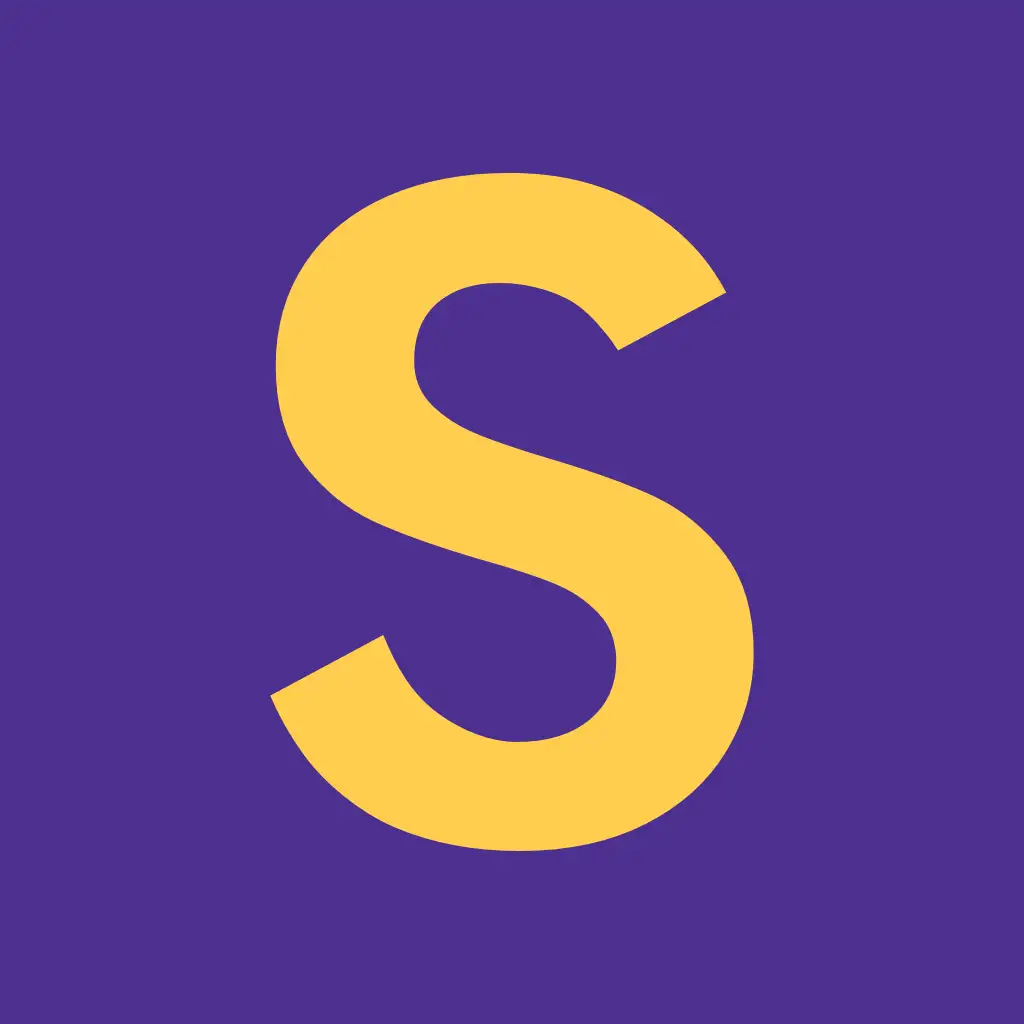This is a paid article. That said, I would never suggest anything I didn’t think was great for our brains.
Is Scrintal an ADHD-Friendly app? The company approached me and asked me to see for myself, and in my opinion, the answer is a resounding “yes.” So let’s get into the usual how’s and why’s, shall we?
If you’d rather watch me talk about it, you can do so here.
What is Scrintal, and why is it great?
Scrintal is what would happen if a mind map, a corkboard, and Notion had a baby. In it, you’re able to build digital note boards made up of different “cards,” and within each card, you can upload media, PDFs, videos…literally anything you’d need to tie to a project. Each card can also be marked with searchable tags, so that if you need to find anything under a particular category, it’s quick and easy to do. Y’all also know how important I find customization and color coding, and you’re able to do that with all of your cards.
I adore how visual this tool is. I don’t think I need to mention for too long how ADHD brains don’t always do so well when things aren’t right in front of us somehow. Add to that the fact that thoughts often lead into one another, sometimes in wild ways, and it can make for a very confusing thought process if you’re not careful.
My personal favorite feature has been the fact that you can also link cards to each other. I’m currently writing a fiction novel, and being able to link my characters to important information and research has been huge in helping my story’s continuity.
Honestly, there are numerous ways to keep track of your information, to connect it, and to search it in Scrintal, and for those of us who have to keep track of a lot of info, that’s huge for our brains.
So where can Scrintal improve?
For what it is, I truly believe that functionally, Scrintal doesn’t have much to fix. There are features that I think would make it even more ADHD-friendly, though.
For one, I do wish that there were more available colors for more granular coding. As I’m doing this, there are only seven available colors, and in order for this to be useful for MULTIPLE projects, for me, I need to be able to delineate a bit more between things with more colors.
I also would like to see more in the way of templates in Scrintal. There are a few, but honestly, I don’t always feel like building my work from scratch. I also know that quite a few of us sometimes get overwhelmed at the thought of building a new workspace, so it would remove some of that pressure if we had more to help us get started.
And finally, there is no mobile app. Usually, this would bother me more but I don’t personally see myself using Scrintal if I’m not at my desk. For some of you, though, if you’re looking to use it on the go, keep in mind that you can still do it, you’ll just have to use the web browser or make a shortcut on your device to access it while you’re out and about.
Which is a nice lead-in to:
Who should use Scrintal?
I honestly see this as something that would help many writers and students especially, but I’d also suggest this for very light project management due to the app’s collaborative abilities. I think that anyone who finds Obsidian to be really confusing, or people who really respond to mind maps, are going to especially find this tool helpful.
If you’re away from your desk often, need a very robust project management tool, or are looking for something that’s going to keep close track of your to do’s, Scrintal probably won’t be what you’re looking for. There is a to-do option when making new cards, but it doesn’t integrate with your calendar or help you remember much beyond that.
How do you get Scrintal?
Scrintal is available on web, Windows, and Mac. There aren’t any free trials, but it’s very fairly priced at 6.99 a month, or a one-time lifetime access price of 339. Pricing does also depend on your location, so it could be less expensive where you are. There are also discounts available for students.
The folks at Scrintal were also kind enough to offer all of you a 10% discount on the pro account with code ADHDONE10 at checkout, or by accessing this link, but it’s only for a limited time, so make sure that you hop on that if you’re interested. Their early access plans are only going until the end of September, so if this tool makes your brain sing, the time to get it is ASAP.
Of course, if you have any questions for me, drop ‘em in the comments. It’s good to be back.
ALSO, my digital neurodivergence summit, Chase the Chaos, is currently selling tickets until we begin September 20, 2024. So, if you want to come hang with us online, learning about everything from book publishing to morning routines to how to play through tough times, go here to check out what our schedule and speakers look like, and to get your ticket! See you there!

